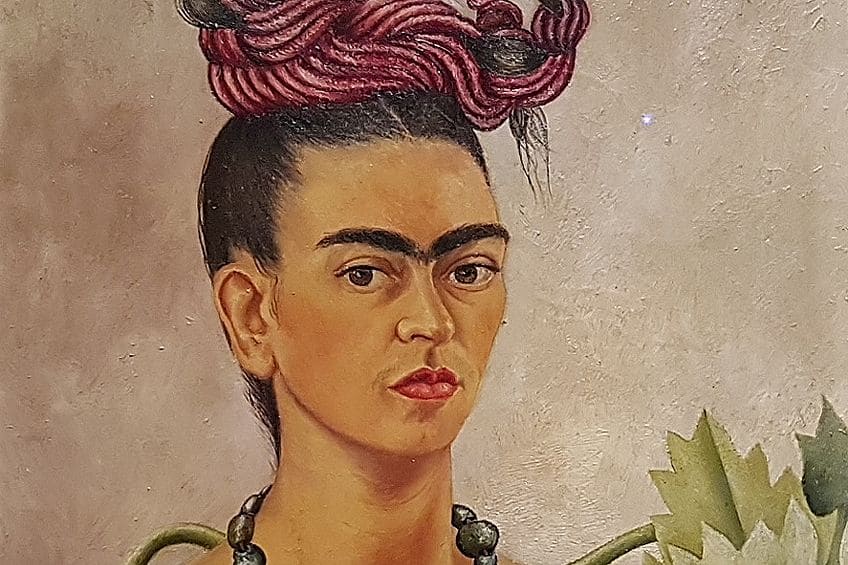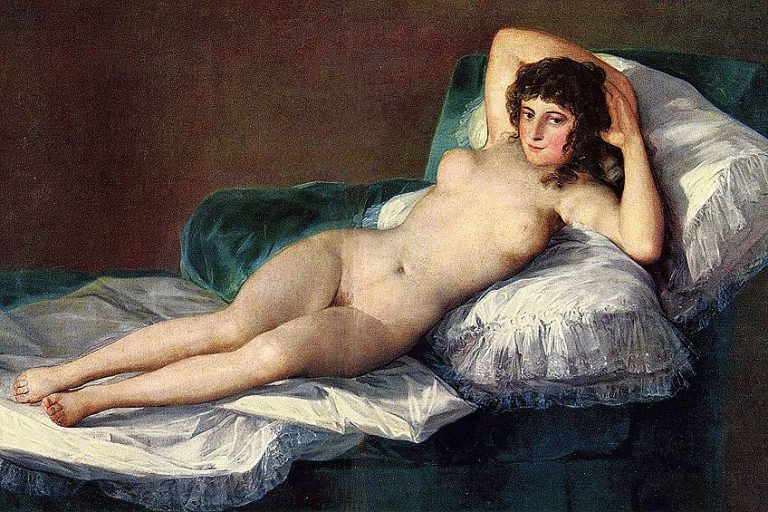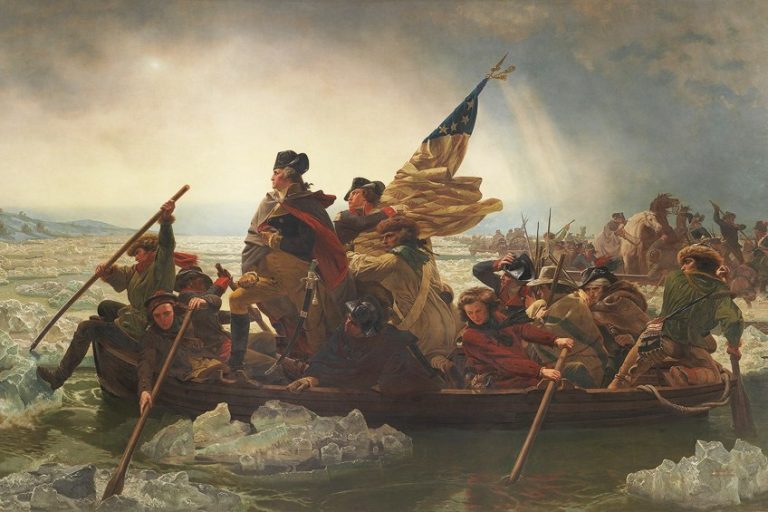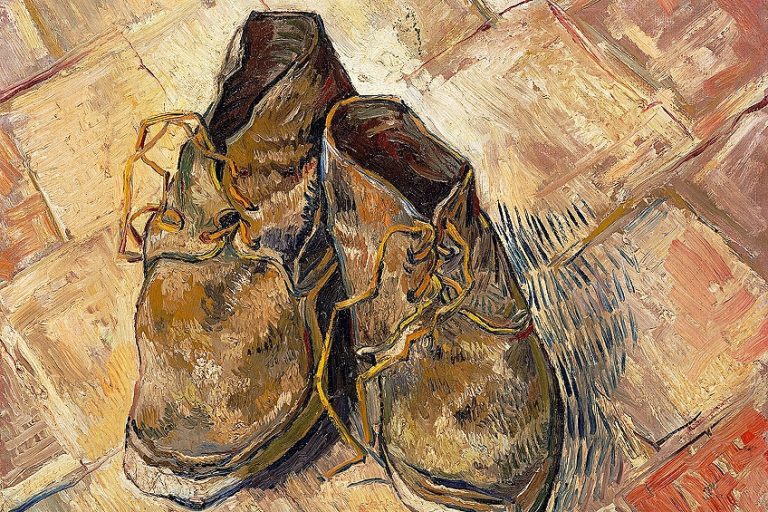“What the Water Gave Me” by Frida Kahlo – A Painting Analysis
Frida Kahlo is a name that many will know, as she was not only an artist but a beautiful embodiment of her innate expression despite the trauma she endured throughout her life. She excelled at sharing her story with the world through her paintbrush, and this article will discuss one such story of hers, portrayed in her painting, What the Water Gave Me (1938).
Artist Abstract: Who Was Frida Kahlo?
Frida Kahlo was a famous female Mexican artist who lived during the early half of the 1900s, she was born on July 6, 1907, and died on July 13, 1954. She was a multi-faceted artist who taught herself painting, even though she wanted to be a doctor from a young age. She endured numerous physical injuries during her youth, from Polio to a bus accident, which changed the trajectory of her career life, leading her onto a path of raw and intimate artistry.
She has inspired thousands of women as well as those who have suffered severe injuries and trauma. She is famous for her self-portraits, which have become her beacons of self-expression. Several of her artworks include Self-Portrait with Thorn Necklace and Hummingbird (1940), Self-Portrait with Bonito (1941), and The Broken Column (1944).
What the Water Gave Me (1938) by Frida Kahlo in Context
The following contextual analysis below will provide a brief discussion of Frida Kahlo’s What the Water Gave Me painting, how it has been described, and when it was exhibited. This will be followed by a more in-depth discussion of the subject matter and a gaze at Kahlo’s artistic approach through the lens of the art elements and how various art principles, or principles of design, occur as a result.
| Artist | Frida Kahlo (1907 – 1954) |
| Date Painted | 1938 |
| Medium | Oil on canvas |
| Genre | Self-portrait painting |
| Period / Movement | Naïve Art and Surrealism |
| Dimensions (cm) | 91 x 70.5 |
| Series / Versions | N/A |
| Where Is It Housed? | Daniel Filipacchi Collection, Paris, France |
| What It Is Worth | N/A |
Contextual Analysis: A Brief Socio-Historical Overview
Frida Kahlo painted What the Water Gave Me in 1938 and it has been described as a “collage” of different facets of her life and artistic oeuvre. The painting is widely described as Kahlo’s portrayal of “passing time” and “childhood games”.
Kahlo’s Solo Exhibition
She exhibited the painting in November 1938 at the Julien Levy Gallery in New York City, which was also reportedly her first solo exhibition. Julien Levy, who was an art dealer, started the gallery in 1931 and exhibited Surrealist artworks as well as photography. Furthermore, he was reportedly also well acquainted with Frida Kahlo and some sources suggest they were romantically involved.
Nonetheless, Levy gave Kahlo the opportunity to showcase her artworks in the United States.
Formal Analysis: A Brief Compositional Overview
The formal analysis will take a closer look at the subject matter of What the Water Gave Me and how the visual art elements listed in the categories below compose Frida Kahlo’s oil on canvas. We will also make mention how some of the art principles, otherwise known as design principles, are also depicted.
Subject Matter: Visual Description
What the Water Gave Me by Frida Kahlo depicts the artist’s lower legs and feet extended in front of her in a bathtub, which does not appear to be too full, but has enough water in it to submerge the artist’s legs. Her feet are resting flat against the inside end of the bathtub with its uppermost parts and toes sticking out of the water; her toenails are painted red. There is a bleeding cut or wound on her right toe, which alludes to her injuries from childhood. Towards the foreground, her upper legs are visible in the water.
Floating on the water in front of Kahlo are several small figures, objects, and structures. Starting from the central foreground, floating above the gap between Kahlo’s upper legs or thighs, is what appears to be a wilted flower with dried vines, to the left is a Tehuana dress with a yellow skirt and red bodice and to the right is two nude female figures on what appears to be a sponge.
Several leaves form a hedge-like structure between these two women and two other, older, figures who are thought to be Kahlo’s parents. To their left is a female figure, also naked, with a rope looped around her neck. This has also been thought to be Frida Kahlo.
She almost appears mannikin-like and as if she is lifeless in the water. There is also a distinct line around her waist area, possibly another rope or an incision, which gives the impression that her upper torso is separate from her lower torso.
The rope around the female’s neck follows two directions. To the right, it leads to a reclining male figure who appears to have a mask on his face and pulls at the end of the rope. He is on an island that has an erupting volcano out of which a tall building emerges, almost lifting off with fiery smoke around it. There is also a dead bird resting on the branches of a dead tree and a skeleton on this island in the bathtub.
To the left, the rope around the woman’s neck leads further along and is an angular shape, its midpoint is tied to another rock formation in the center leading to another rocky structure on the edge of the island mentioned above. There is a shell along the way, which has water flowing from seven holes. There are three flower-like objects, and along the outer edge is what appears to be a small boat with white sails. There are several insects crawling on the rope itself apart from one minuscule female figure which appears to be a ballerina.
Color
Frida Kahlo utilized a subdued color scheme in What the Water Gave Me painting, there is also a color harmony due to no stark or contrasting colors juxtaposed with one another. Some of the dominant shades include the white and grays from the bathtub and the various browns and skin tones from the figures and objects, as well as the soft greens, reds, and yellows.
Texture
There is implied and tactile texture in the What the Water Gave Me painting, for example, the clarity of the water in the bathtub, the soft and semi-soaked texture of the floating garment on the water, and then also the physical brushstrokes.
Space
Kahlo created a unique and closed space in What the Water Gave Me painting, providing a focused view of the scenes unfolding and floating on the water. Her legs in the water and feet touching the bath creates the perspective of length and the viewpoint originates from Kahlo’s point of view.
We (the viewers) almost become her looking at the scene in front of us, which heightens the intimacy and dramatism of the scene.
Shape and Form
Following those mentioned above, there are also a variety of organic and geometric shapes and forms, which again appear more randomly placed in the center of the composition and contrasted with the more solid and larger inverted “U” shape of the bath, which almost acts as a backdrop.
Line
There are a variety of organic and geometric lines in What the Water Gave Me painting, which all create an overall compositional harmony. The figures floating on the water consist of numerous curved and straight lines and appear almost asymmetrical within the larger, more symmetrical, inverted “U” line, created by the bath and water’s shape.
An Intimate Immersion Into Frida’s Life
Frida Kahlo found a home beyond her reality through her art, which also allowed her to come face-to-face with her reality. What we see in Kahlo’s bathtub is an intimate immersion into her life; an immersion she allows us to see, and seemingly while she sees it too.
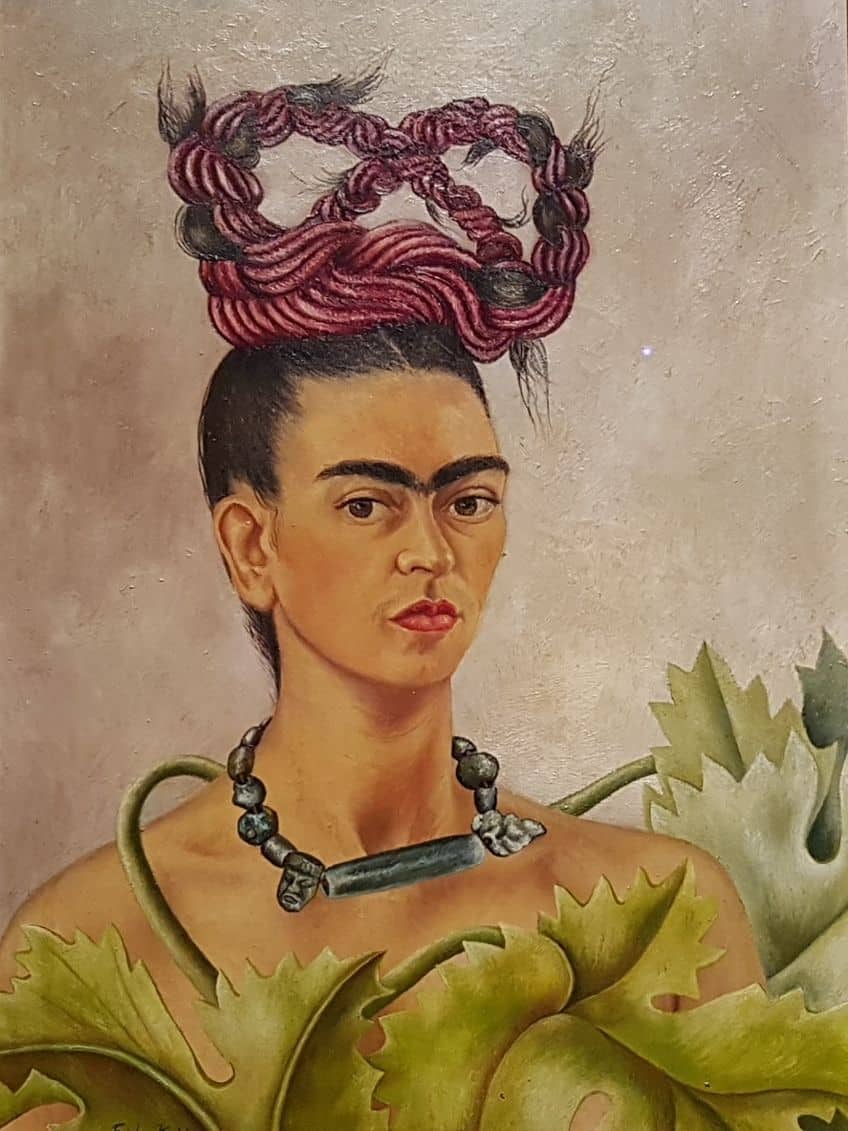
This article provided a brief overview of the painting “What the Water Gave Me” by Frida Kahlo. It is a visual smorgasbord of Kahlo’s life and aspects of herself and her experiences. As any Frida fan will know, her life was fraught with physical pain from her childhood and considerable heartbreak from her relationships, especially with her significant other, Diego Rivera. Nevertheless, she always had an air of charm and beauty.
Frequently Asked Questions
Who Painted What the Water Gave Me?
The Mexican Naïve, and sometimes Surrealist artist, Frida Kahlo painted What the Water Gave Me (1938). It is an oil on canvas measuring 91 x 70.5 centimeters. It has been described as a biographical portrayal with links to some of her other artworks and references therein.
Where Is What the Water Gave Me Painting Located?
The oil on canvas What the Water Gave Me (1938) by Frida Kahlo is housed in the private collection of Daniel Filipacchi in Paris, France. He is an art collector notably of Surrealist artworks.
What Is the Meaning of What the Water Gave Me by Frida Kahlo?
Several figures and objects are depicted in What the Water Gave Me (1938) by Frida Kahlo, all of which have had a relation or significance to her personality in her life and experiences that ultimately became dominant aspects of her art and expression and representative of her innermost feelings. It was also alluding to toys and playfulness during bath time, especially in childhood.
Alicia du Plessis is a multidisciplinary writer. She completed her Bachelor of Arts degree, majoring in Art History and Classical Civilization, as well as two Honors, namely, in Art History and Education and Development, at the University of KwaZulu-Natal, South Africa. For her main Honors project in Art History, she explored perceptions of the San Bushmen’s identity and the concept of the “Other”. She has also looked at the use of photography in art and how it has been used to portray people’s lives.
Alicia’s other areas of interest in Art History include the process of writing about Art History and how to analyze paintings. Some of her favorite art movements include Impressionism and German Expressionism. She is yet to complete her Masters in Art History (she would like to do this abroad in Europe) having given it some time to first develop more professional experience with the interest to one day lecture it too.
Alicia has been working for artincontext.com since 2021 as an author and art history expert. She has specialized in painting analysis and is covering most of our painting analysis.
Learn more about Alicia du Plessis and the Art in Context Team.
Cite this Article
Alicia, du Plessis, ““What the Water Gave Me” by Frida Kahlo – A Painting Analysis.” Art in Context. April 17, 2023. URL: https://artincontext.org/what-the-water-gave-me-by-frida-kahlo/
du Plessis, A. (2023, 17 April). “What the Water Gave Me” by Frida Kahlo – A Painting Analysis. Art in Context. https://artincontext.org/what-the-water-gave-me-by-frida-kahlo/
du Plessis, Alicia. ““What the Water Gave Me” by Frida Kahlo – A Painting Analysis.” Art in Context, April 17, 2023. https://artincontext.org/what-the-water-gave-me-by-frida-kahlo/.


